How to Repair Your Dog's Paw Pads at Home

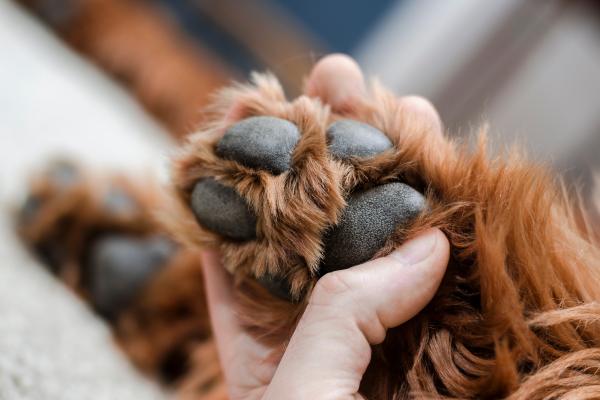

See files for Dogs
Does your dog suffer from cracked or irritated paw pads? Whether it’s from hot pavement, icy sidewalks, or rough terrain, damaged paw pads can be painful for your furry friend. Fortunately, you don’t need expensive treatments to provide relief. With just a few natural ingredients and a little care, you can repair your dog’s paw pads at home.
In this AnimalWised article, we’ll explore 5 easy DIY solutions to heal and protect your dog’s paws, ensuring they stay healthy and happy year-round.
Understanding dog paw pad health
Your dog walks on specialized pads that grip the ground and protect their feet. These pads contain sweat glands to cool your dog down and provide cushioning for running and walking.
Pay attention if your dog starts limping or licking their paws. Check their pads for cracks, peeling skin, or redness between the toes. Pads can wear down and become too smooth, reducing your dog's traction.
Several things damage pads easily:
- Hot surfaces burn pads in under a minute, asphalt can hit 60°C on sunny days.
- Ice and snow make pads crack, while road salt causes chemical burns.
- Rough ground like concrete and rocks files down pad tissue over time, especially in dogs used to soft grass.
- Wet conditions make pads too soft and tearable.
- Dry air leads to cracking, like chapped lips.
Health problems can also affect your dog's pads from the inside out. When allergies flare up, dogs often chew their feet raw, leading to swollen and painful pads. This irritation creates damp conditions between the toes, which are perfect spots for bacteria and fungi to grow and cause infections. Beyond these common issues, some dogs develop immune disorders that weaken the pad tissue itself.
These common pad problems might seem scary, but you can treat many of them at home with simple remedies. Let's look at 5 effective ways to repair and protect your dog's paw pads without a trip to the vet.
Curious about what's inside those tough little pads? Our guide explains the structure that keeps your dog walking strong.
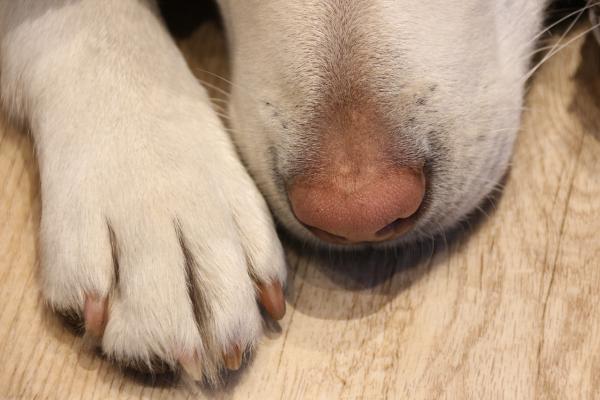
Aloe vera
Aloe vera gel works well to heal and soften your dog's dry or damaged paw pads. This natural remedy packs vitamins, minerals, and healing compounds that help repair pad tissue.
The science behind aloe's healing power lies in its active ingredients. Acemannan, a compound in aloe, boots skin cell growth and reduces inflammation. The gel also contains salicylic acid, which breaks down dead skin cells and helps new tissue form. Zinc in aloe speeds up healing, while vitamin E protects cells from further damage.
The gel fights off harmful bacteria to prevent infections, while adding needed moisture to dry, cracked skin. It also reduces pain and swelling from injuries or overuse. As the gel soaks in, it supports faster growth of new, healthy tissue.
The gel seeps deep into pad tissue because it contains substances similar to skin cells. This helps it heal from the inside out, not just on the surface. Its natural enzymes also break down damaged tissue, so new cells can replace them.
How to apply it:
Buy pure aloe vera gel without added alcohol or artificial preservatives. You can also extract gel directly from an aloe plant. To do this, just slice open a leaf and scoop out the clear gel inside. Apply a thin layer to clean pads twice daily until they heal.
Finally, make sure your dog doesn't lick the gel right after you apply it. Let it absorb for a few minutes first. While aloe is safe for dogs, too much can upset their stomach.
Already using aloe vera? Learn all its benefits and proper application techniques in our other article.
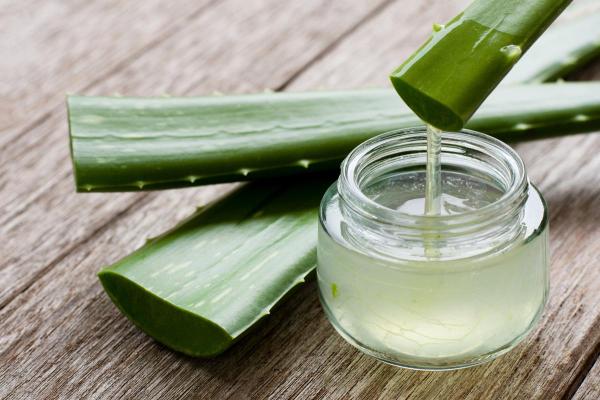
Shea butter
Shea butter makes an effective natural balm for sore, dry, or damaged dog pads. This thick, creamy substance comes from shea tree nuts and turns from solid to liquid when it touches warm skin, making it easy to apply.
Its natural fats help rebuild the skin's protective barrier, while anti-inflammatory compounds soothe red, irritated skin. The butter's antioxidants shield cells from further damage, and its vitamins A and E promote new tissue growth. On the surface, it forms a waxy coating that locks in moisture and keeps dirt out.
The trick to shea butter's healing power is its mix of fatty acids. These fats match the natural oils in skin cells, so they absorb deeply instead of sitting on the surface. This helps heal cracks and cuts from the inside while protecting the outside.
How to apply it:
Choose unrefined, organic shea butter without added ingredients. Warm a small amount in your hands until it softens, then massage it into clean paw pads. Apply before walks for protection and at bedtime for overnight healing.
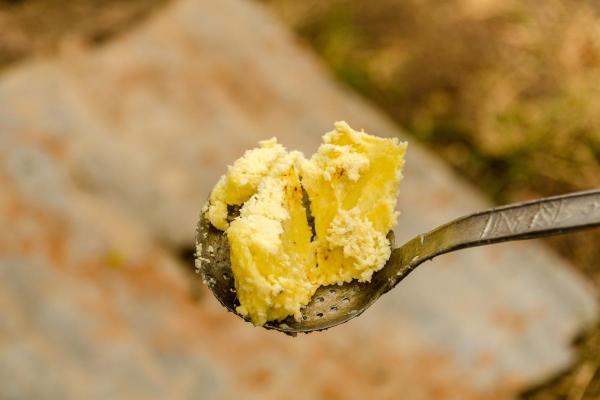
Coconut oil
Coconut oil helps fix dry, sore paw pads while fighting off harmful bacteria. This natural oil works well because its fats are similar to those in your dog's skin cells, letting it absorb quickly and work effectively.
The medium-chain fatty acids in coconut oil work in three ways to help your dog's pads. They form a protective barrier that keeps moisture from escaping, while actively killing harmful bacteria that might cause infections. These same fatty acids also help speed up healing when pads have small cuts and cracks.
How to apply it:
Look for cold-pressed, unrefined coconut oil. This type hasn't been heated during processing, so it keeps all its healing compounds. At room temperature, coconut oil is usually solid but melts quickly in your hands.
To use it, rub a small amount into clean pads until absorbed. Apply at night, since oils can make paws slippery on smooth floors. If your dog tends to lick their paws, coconut oil is safe. In fact, it might even help their digestion.
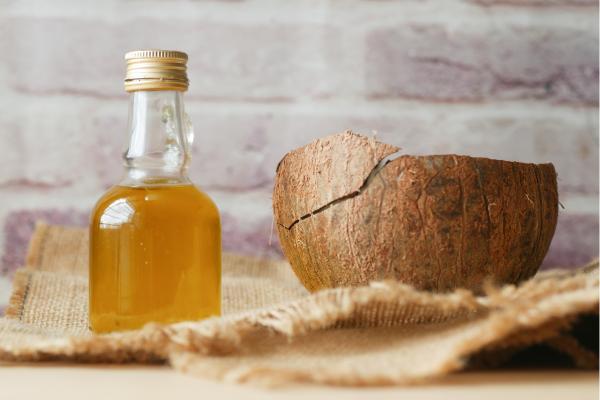
Rosehip oil
Rosehip oil helps heal and protect dog pads through its rich mix of skin-repairing compounds. This light oil comes from wild rose seeds and contains high levels of vitamins A and C, plus essential fatty acids that skin cells need.
The natural compounds in rosehip oil complement each other to support pad health. They speed up healing in cuts and cracks while building stronger, more elastic tissue. The oil's antioxidants protect cells from damage, and it adds just enough moisture to help without making pads too soft and vulnerable.
How to apply it:
Choose organic, cold-pressed rosehip oil that hasn't been mixed with other ingredients. Put a few drops on clean pads and gently massage it in.
Since this oil absorbs quickly, you can apply it before walks because it won't leave paws slippery.
Unlike thicker oils, rosehip won't collect dirt or leave paw prints around your house. But it does make pads more sensitive to UV light, so avoid using it before long walks in bright sun.
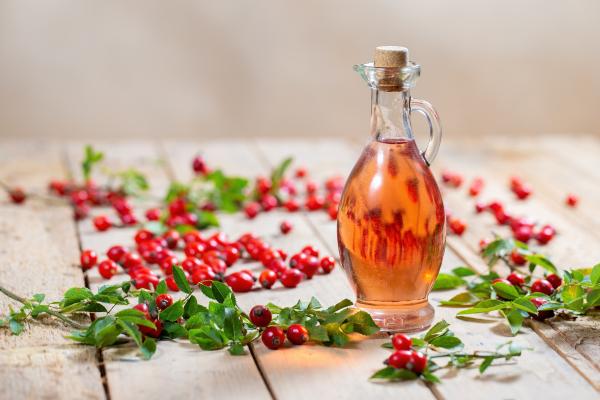
Avocado oil
Avocado oil can help repair and protect your dog's paw pads. This rich oil contains vitamins and healthy fats that sink deep into pad tissue because its molecular structure is similar to skin oils.
When you apply avocado oil to paw pads, it creates a long-lasting moisture barrier on the surface while reducing swelling in sore spots. The oil helps build stronger tissue over time and forms a protective layer that guards against further damage.
The oil's fatty acids and vitamin E work together to support healing, while vitamin A helps create new skin cells. These nutrients reach deeper layers of pad tissue, unlike some lighter oils that stay on the surface.
How to apply it:
Buy cold-pressed, organic avocado oil without added ingredients. Apply a thin layer to clean pads before bed - it's quite greasy, so overnight use works best. Some dogs are sensitive to avocado products, so test a small spot first and watch for any reaction.
Want to protect your dog from common household dangers? Check out our guide to foods that aren't safe for dogs.
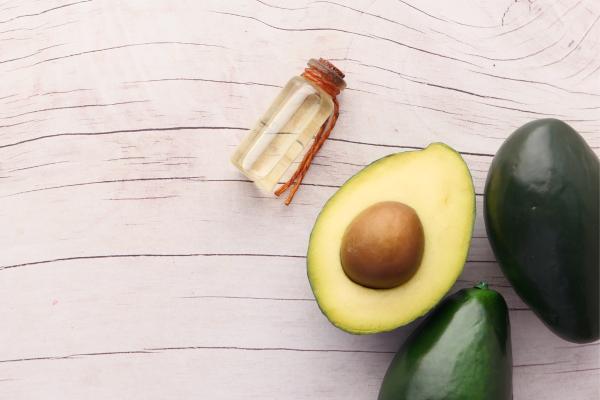
If you want to read similar articles to How to Repair Your Dog's Paw Pads at Home, we recommend you visit our Skin care category.











